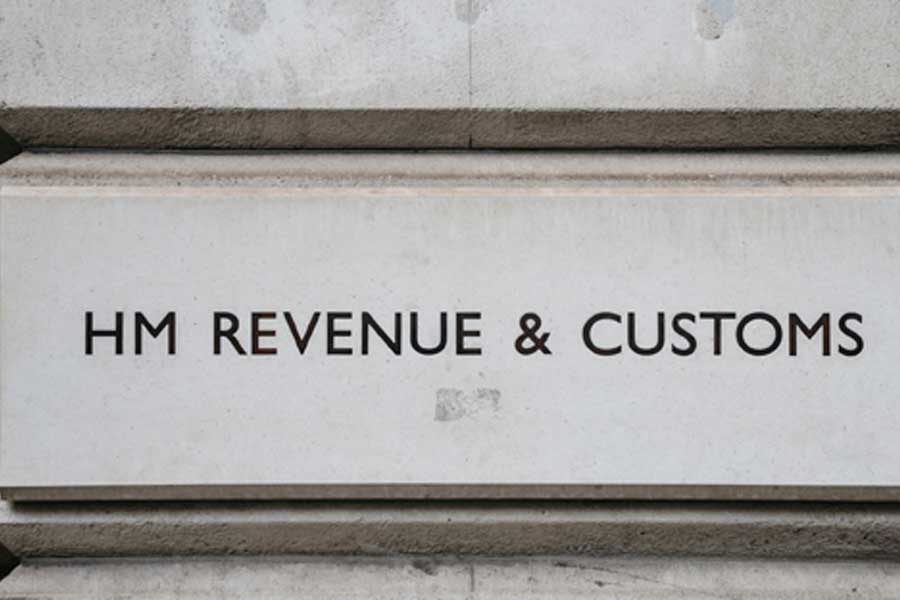In our last employment status article we discussed the indicators of employment vs self-employment and the tax and National Insurance Contributions (NIC) implications thereon. Given the recent ruling in the Uber case it seems that courts are leaning further towards an employee/employer relationship rather than that of an independent contractor.
Whilst the courts have been busy this year attempting to determine the employment status of an individual few have touched on why this is important and what it means for taxpayers as the government continue to make changes to legislation surrounding off-payroll working and intermediary companies.
Commonly, where an employee suffers expenses in the course of their employment they will submit a claim to their employer and be reimbursed for the costs. Where an employee does not claim reimbursement in respect of qualifying business expenses they are able to claim relief for the tax suffered on the expense. Although, if the amount reimbursed is in respect of a non-qualifying expenses there are always tax implications. If the individual is registered for self-assessment they should do this on their Self Assessment Tax Return (SATR), otherwise a form must be submitted to HMRC (where claims are less than £2,500). The expenses must be allowable, actually paid by the employee and not reimbursed (by cash or other consideration) by the employer. But what expenses are allowable?
Legislation clearly sets out what is an exempt ‘benefit’ and what is not, though we examine some of the generalities you should be aware of below.
Wholly and Exclusively (and Necessarily)
The general rule on employee expenses allows a deduction in the computation of net income where the employee is obliged to incur the expense as holder of the employment and the amount is incurred wholly, exclusively and necessarily in the performance of their duties. This is in contrast to the rules for deductions of the self-employed where the “necessarily” rule is absent and interestingly this is the biggest obstacle when persuading HMRC that the deduction is allowable. Essentially, if the employee could perform their duties without incurring the expense then it is not necessarily incurred and will be disallowed.
Travel & Subsistence
Under the general rules logic would dictate that an employee necessarily undertakes a journey to their place of work in order to perform their duties. However, expenses incurred in the course of ‘ordinary commuting’ are specifically disallowed. Ordinary commuting is defined as travel between the employee’s home and permanent workplace or a place that is not a workplace and a permanent workplace. A permanent workplace is one that is not temporary. Obviously. But what is a temporary workplace? Legislation states that a workplace is not temporary is the period of continuous work lasts more than 24 months. It is clear why some people can get confused. Essentially HMRC consider that where an employee performs a significant extent (40% or more) of their duties at that workplace this is continuous employment, though in the case of Samadian v HMRC (2013) the predictability of attendance at a workplace is also indicative of it’s permanence.
The rules were changed from 6 April 2016 for self-employed individuals who personally provide services to another person under arrangements involving an intermediary (i.e. those who are within the IR35 legislation) to bring them in line with those of employed individuals. From that time individuals are required to treat each engagement as a separate ‘employment’ and disallow ordinary commuting to each of these workplaces.
The rules for subsistence and accommodation work hand in hand with that of travel, i.e. if the travel qualifies for relief, so does the subsistence and accommodation.
Professional Fees & Subscriptions
Where an employee’s employment involves the practice of a profession for which they pay a professional fee they can claim relief for the cost of this fee. Similarly, where an employee pays for annual subscriptions to a professional body relief is available. HMRC have a list of approved bodies.
Uniforms and Safety Clothing
Both the employed and the self-employed can claim relief for the cost of repairing, replacing or cleaning clothing which is required to be worn if it is a branded uniform or required for reasons of safety. Where there is a duality of purpose (i.e. for warmth and human decency) the relief is not allowed. Two notable cases in this respect were that of Sian Williams, whose claim that her clothing and hair styling held no duality of purpose was rejected and that of Mr Drummond, a barrister who tried to claim the cost of suits to be worn in court.
Employed vs Self-Employed
Interestingly, where an employee pays for the cost of their own training they are not able to claim the cost of such as a deduction from income. Training is not undertaken in the performance of their employment duties (Humbles v Brookes (1962)). Though if their employer were to pay the cost of the training directly they can claim a deduction for the purposes of corporation tax and it is not a benefit in kind for the employee.
[cs_gb id=1263]



